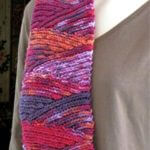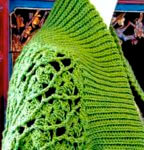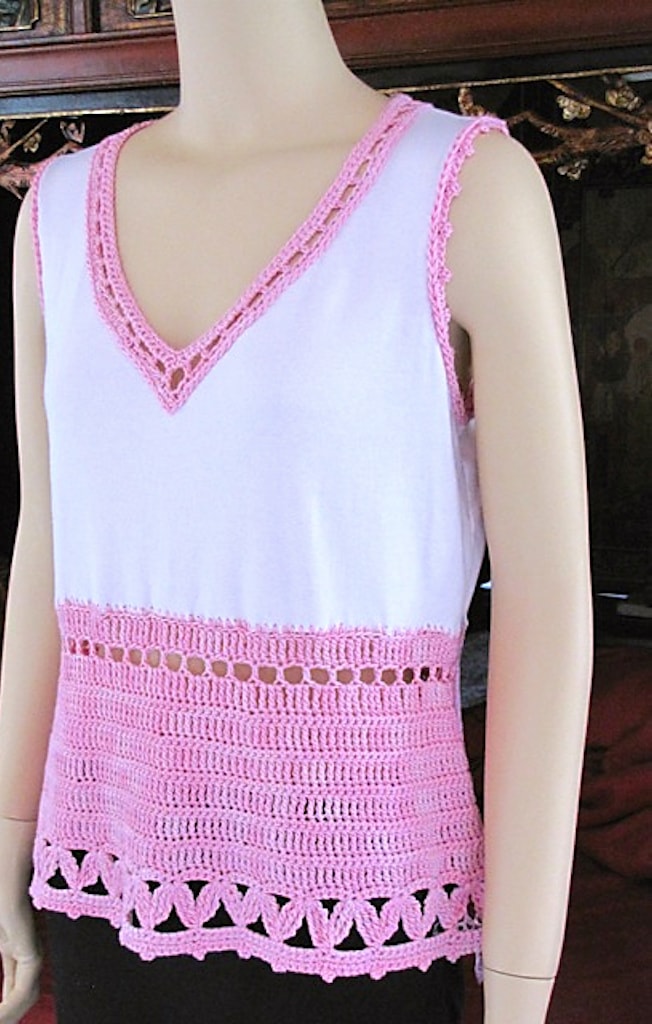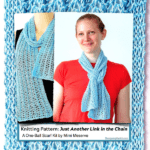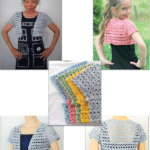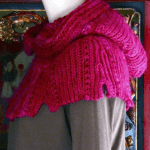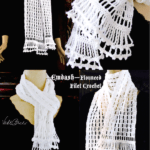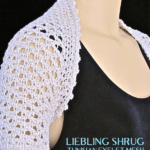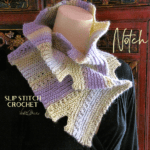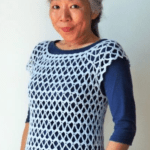It’s fall! That’s when my two free slip stitch crochet scarf patterns are downloaded a lot, and I get questions about them.
I have nine slip stitch crochet scarf patterns published so far. These two are free downloads: Slip Slope Crochet Short Rows Scarf, and Eva’s Ribs Slip Stitch Scarf 101.
Molly asked me, “I am wondering if you allow our finished items to be sold if you are given credit as the designer?” The answer is yes I do, and thanks for including designer credit. I’m honored when my design inspires a crocheter to make several items. As a crocheter I love it when I’m making something and I start thinking, “Ooo… I could see making one of these for everyone on my gift list this winter.” Or, like Molly: I can imagine so many other people wanting the scarf I crocheted.
When I keep using the same pattern, I can try different yarns or color combinations. I find ways to perfect little things or increase my speed, like how I finish the edges or something. Another thing that happens is that I start naturally memorizing most or all of the pattern. That’s when I really pick up speed.
For more questions and answers, see this list of Slip Stitch Crochet FAQs students ask me in my slip stitch crochet classes. Scroll down for a slip stitch short row photo tutorial.
If you’re new to slip stitch crochet, try the free Eva’s Ribs scarf first. It makes for good TV crocheting, or while listening to an audiobook. The free Slip Slope scarf is the next step after Eva. It’s a lot like Eva with one new skill added (the short rows). A different next step after Eva is the Shamlian Weltie.
After the Slip Slope scarf, a bunch of my other slip stitch crochet scarf patterns will make perfect sense! For example, Undaria, Notch, and Slip Tectonics.
